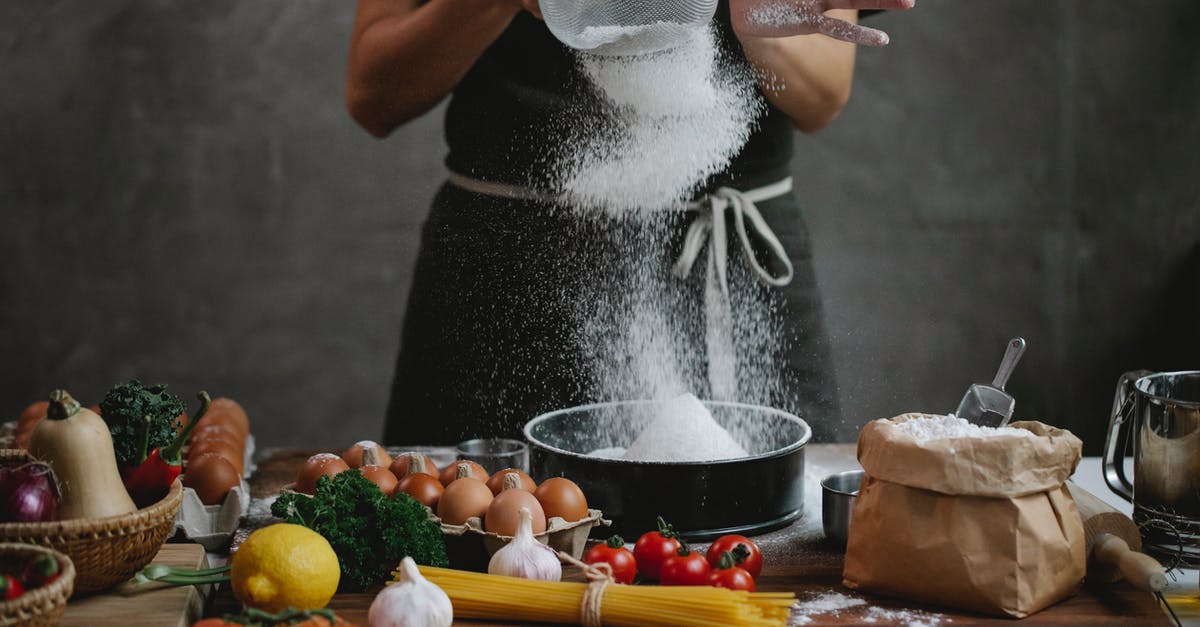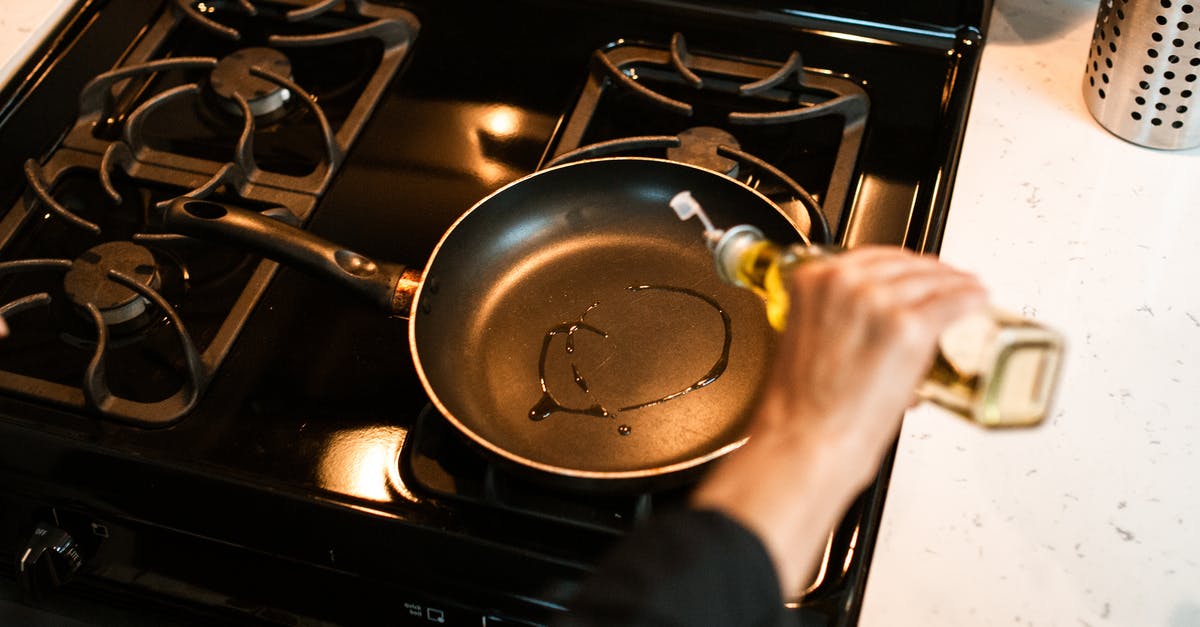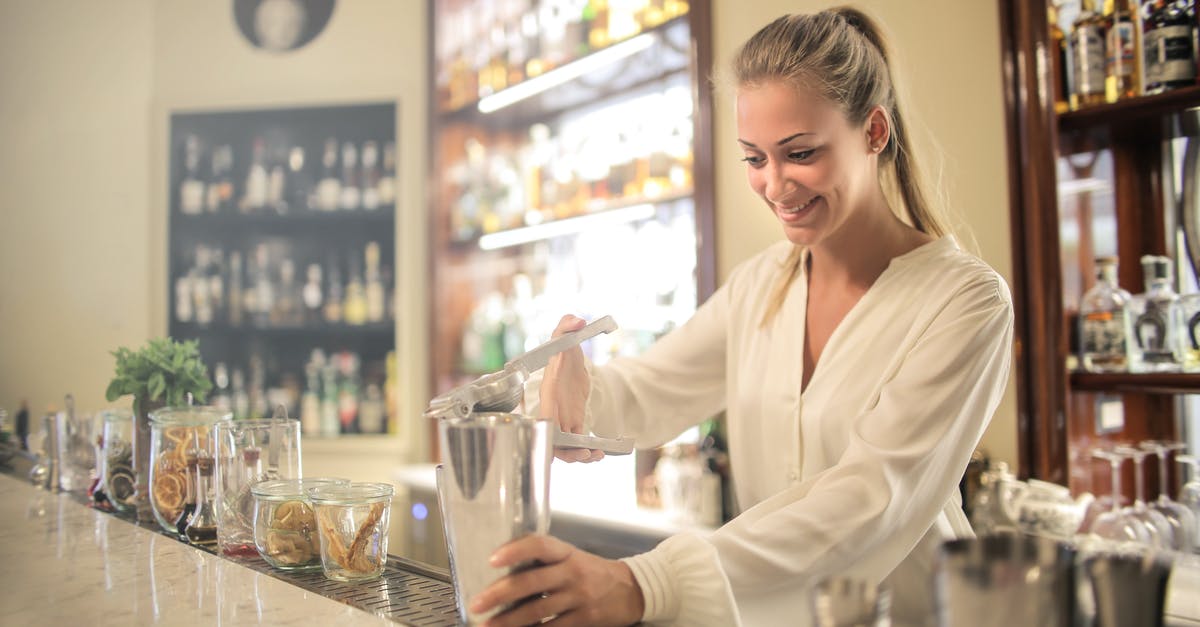Method for how much cinnamon to add to recipe

I have an apple pancake recipe I would like to add cinnamon to. Cinnamon is not part of the original recipe. How can I determine a good starting amount for cinnamon in any recipe?
The original recipe uses 3 tablespoons of sugar. Comparing this to another recipe, I eventually went with 2 teaspoons of cinnamon. My wife says it doesn't need any more but I'm wondering if I should step it up to 1 tablespoon (3 teaspoons).
EDIT: In his book "Ratios", Michael Ruhlman says there are fundamental ratios between ingredients that can be applied to cooking and baking. I am wondering if there is a fundamental ratio that can be used for cinnamon and, perhaps, sugar content in a recipe.
And, no, cinnamon is not in the book.
Best Answer
There aren't really any hard and fast rules when it comes to deciding how much cinnamon to start with. There are certainly considerations when thinking about how much flour, milk, fat etc. to use in recipes and this is thrust of the book to which you refer. Baking is essentially chemistry and you need to get the proportions of the chemicals right to produce fluffy pancakes and light sponge cakes etc. When it comes to flavouring the results of that chemistry there is less restriction but balancing the flavours should be a consideration.
One thing to think about is 'what do I want to end up with'? For example, are you aiming for apple pancakes, apple and cinnamon pancakes or cinnamon and apple pancakes. If you only want a background cinnamon flavour to an apple pancake, then start with a smaller quantity of cinnamon. If you'd like something that's more balanced in apple and cinnamon flavours then add more cinnamon to the same quantity of apples you used before. If you're after something that's essentially cinnamon in flavour but with some apples there to add body then have at it with the cinnamon and go easy on the Bramleys'.
I've done some reading in the copies of Larousse Gastronomique and McGee on Food and Cooking we have at home and also consulted a book called The Flavour Thesaurus. None of these suggest any ratios of cinnamon to other ingredients. The addition of flavouring will always be subject to both personal taste and the needs of the recipe. The proportions of the 'building blocks' of a recipe, particularly baking, can be much more easily defined and, to a degree, calculated. Consider this, if you left the cinnamon out of your apple pancakes completely, they'd still be pancakes and have flavour. If you omitted the flour you'd have an mess.
As an addition, in series 2 episode 3 of Jamie Oliver's 30 Minute Meals, he raves about sprinkling cinnamon over Sicilian fish dishes. This is an example of there being no set rules about how much of a flavouring to use or where to use it.
I'll try and add some inline references to this tomorrow.
Pictures about "Method for how much cinnamon to add to recipe"



How much cinnamon do I add?
Some experts suggest 1/2 to 1 teaspoon (2-4 grams) of powder a day. Some studies have used between 1 gram and 6 grams of cinnamon. High doses might be toxic.What is the proper ratio for cinnamon sugar?
The perfect cinnamon to sugar ratio is 1:4. With this ratio, you get cinnamon sugar with the ideal level of spiciness that's going to have a distinct cinnamon flavor but not overwhelm whatever you're using it on/in.How can I improve my cinnamon flavor?
If the cinnamon flavor is too sweet, add a contrasting strong spice, such as chili powder, lemon pepper, garlic powder or paprika. If the cinnamon is on the spicy side, add white or brown sugar and a sweet spice, such as nutmeg.How do you make cinnamon without cinnamon?
Ground ginger is a good substitute for cinnamon because they both lend a warm, sweet flavor to dishes. Both spices are fairly equal in strength, so you can try a 1:1 substitution ratio.Add Cinnamon Powder To Your Tea and Coffee And This Will Happen
More answers regarding method for how much cinnamon to add to recipe
Answer 2
In your original question you created a starting point by using two teaspoons of cinnamon. You also have the reference of feedback from your tasting, and your wife's tasting and comments. So, in this case, you basically estimated, and used "trial and error." You can easily adjust from there. Had you asked the question before you made the recipe, I would have suggested finding similar recipes to see amounts others have used. Beyond that, having enough experience with foods and cooking to estimate a useful starting point for incorporating flavors to your recipes is really all I think we could give you.
Answer 3
Without years of cooking experience, the best advice that I can give is to look for recipes similar to yours, but have the ingredient you're trying to add, and use that as a starting point. (you may have to adjust based on the number of servings or amount of other ingredients ... if yours makes 4 servings / uses 2 cups of flour, and the other one makes 6 servings / 3 cups of flour, you'll use 2/3 of what they call for).
You also need to look at other similar ingredients -- if yours are plain, but the other calls for cinnamon, cloves, nutmeg and allspice, you'll likely want a little more than it calls for (unless you also add in the others)
For more obscure recipes, where you can't find anyone who's tried what you're planning, you can try to look at not-quite-so-similar recipes, and adjust based on number of servings. (eg, I want pancakes that taste like cinnamon rolls ... look at the amount of cinnamon per roll, and use that amount per serving of pancakes ... although I'd probably make a compound butter or spiced syrup in that case)
Sources: Stack Exchange - This article follows the attribution requirements of Stack Exchange and is licensed under CC BY-SA 3.0.
Images: Klaus Nielsen, RODNAE Productions, Andrea Piacquadio, Klaus Nielsen
